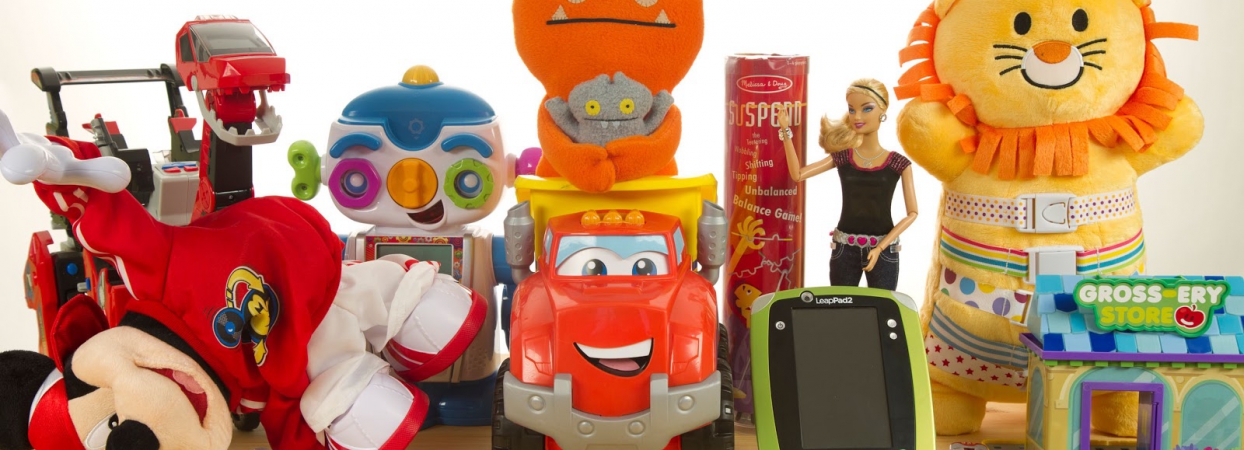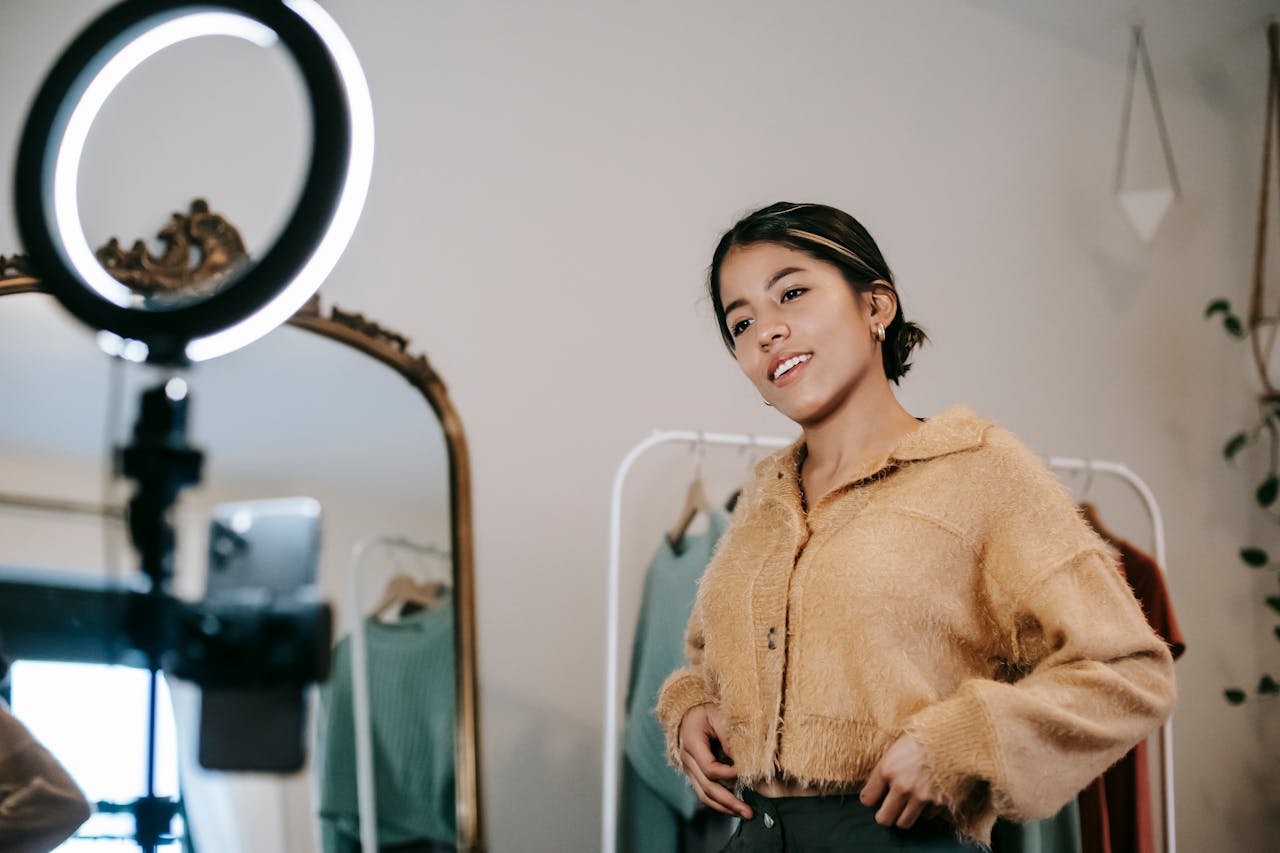Social media has reshaped how toy brands connect with their target market. Parents now turn to trusted online voices for product recommendations and reviews, making influencer partnerships a powerful marketing tool. Recent data shows that 92% of consumers trust influencer recommendations over traditional advertising, while toy companies report significant sales increases through strategic influencer collaborations. This shift has created new opportunities for toy brands to build authentic connections with their audience through carefully crafted partnerships and content strategies.
PR Overview
Selecting the Right Parenting Influencers
Finding influencers who align with your brand values starts with thorough research into their content, engagement rates, and audience demographics. Micro-influencers, who typically have between 10,000 and 100,000 followers, often generate higher engagement rates than mega-influencers. Their audiences tend to be more targeted and responsive.
When evaluating potential partners, look beyond follower counts. Examine their content quality, posting frequency, and how they interact with their audience. A parent influencer with 20,000 highly engaged followers who regularly discuss toy recommendations may provide better results than a general lifestyle influencer with 200,000 followers.
Consider these factors when selecting influencer partners:
- Audience alignment with your target market
- Content quality and consistency
- Past brand collaboration performance
- Engagement rates on sponsored content
- Professional communication and reliability
Creating Compelling Content Strategies
Unboxing videos remain one of the most effective content formats in toy marketing. These videos generate 10x more views than other toy-related content on YouTube. The key is making them authentic and engaging rather than overtly promotional.
Success in unboxing content comes from:
- Natural reactions and genuine excitement
- Clear demonstration of product features
- Age-appropriate presentation
- High-quality video production
- Interactive elements that encourage viewer participation
Beyond unboxing, successful toy influencer campaigns incorporate:
- Play-based tutorials
- Educational content showing developmental benefits
- Parent-child interaction scenarios
- Creative ways to extend play value
- Seasonal tie-ins and gift guides
Measuring Campaign Performance
Tracking return on investment requires clear metrics and consistent monitoring. Successful toy brands use a combination of quantitative and qualitative measurements to evaluate influencer partnerships.
Key performance indicators include:
- Sales attributed to influencer discount codes
- Website traffic from influencer links
- Social media engagement rates
- Brand mention sentiment
- Customer feedback and testimonials
Data shows that toy companies achieve an average ROI of $6.50 for every dollar spent on influencer marketing. Setting up proper tracking mechanisms before campaign launch ensures accurate measurement:
- Unique discount codes per influencer
- UTM parameters for all links
- Social listening tools
- Sales tracking software
- Engagement analytics platforms
Platform Selection and Content Distribution
Different social platforms serve distinct purposes in toy marketing campaigns. Instagram remains the primary platform for parent influencers, with 79% of brands prioritizing it for collaborations. However, TikTok’s rapid growth has created new opportunities for toy content.
Platform-specific strategies:
Instagram:
- Story sequences showing product use
- Carousel posts with multiple angles
- IGTV for longer demonstrations
- Reels for quick feature highlights
TikTok:
- Creative product demonstrations
- Trending sound incorporation
- Challenge-based content
- Behind-the-scenes glimpses
YouTube:
- Detailed review videos
- Educational content
- Long-form unboxing
- Series-based content
Building Long-term Influencer Relationships
One-off campaigns rarely deliver optimal results. Brands that develop ongoing partnerships with select influencers see stronger performance metrics and more authentic content creation. These relationships allow influencers to develop genuine familiarity with products and brand values.
Successful long-term partnerships include:
- Regular product testing opportunities
- Early access to new releases
- Input on product development
- Brand ambassador programs
- Exclusive collaboration opportunities
The toy industry continues to evolve with social media trends and consumer behavior changes. Brands that master influencer collaboration while maintaining authenticity will stand out in an increasingly competitive market. Start by identifying potential partners who align with your brand values, develop clear campaign objectives, and implement robust tracking systems. Remember that successful influencer marketing in the toy industry isn’t just about reaching parents – it’s about creating genuine connections that build trust and drive long-term brand loyalty.
The Role of PR in Influencer Marketing for Martech Brands
Public relations and influencer marketing have become inseparable forces in promoting Martech...
Influencer Marketing in Fintech: Building Trust Through Strategic Partnerships
Financial technology companies face unique marketing challenges that traditional advertising alone...
PR Strategies That Drive Success for Water Park Special Events
Water parks face unique challenges in attracting and retaining visitors throughout their operating...




